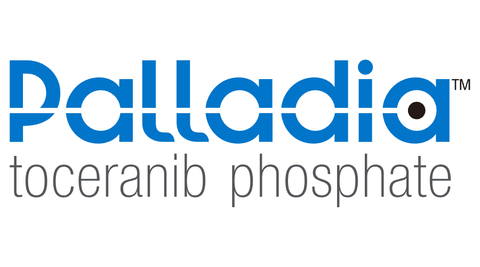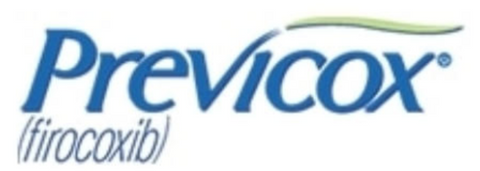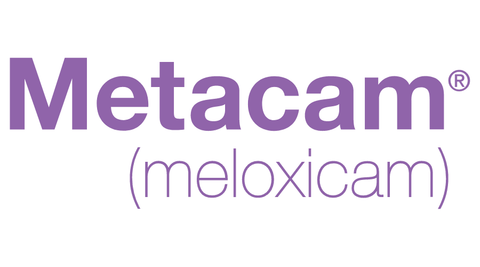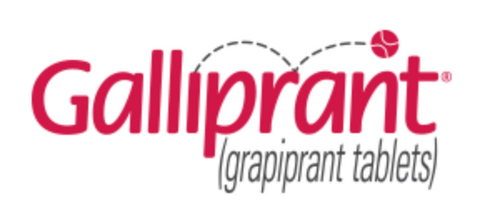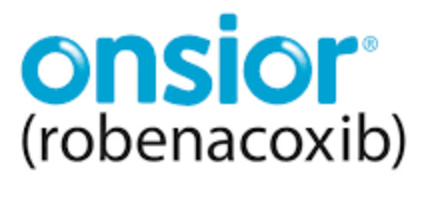- Your cart is empty
- Continue Shopping
FDA CLINICAL TRIALS
THE RACE TO FDA APPROVAL
Formulation
In-Vitro Studies
Stability & Toxicity
Pre-Clinical Trials
Clinical Trials (Phase 1)
Clinical Trials (Phase 2)
Clinical Trials (Phase 3)
FDA Approval
OVERVIEW
MRVL Pet Pharmaceuticals is an early stage development company advancing novel treatments for cancer and osteoarthritis in companion animals. While over $95B was spent in 2019 on pets, only a small portion is for pharmaceuticals (excluding flea/tick and vaccines). Pets are living longer and developing more chronic diseases and while demand is strong, there simply aren’t drugs available for many of these diseases or conditions.
According to U.K.-based research company, Vetnosis Ltd., animal drug sales grew 7.2 percent in 2019 compared to 1.3 percent for human medicine.
CLINICAL STUDIES
MRVL Pet Pharmaceuticals is preparing to start the Clinical Trials process for versions of Blue Scorpion Peptide for prescription-based drugs. The indications that MRVL Pet will be submitting to the FDA are:
1. Canine Mast Cell tumors
2. Feline Lymphoma
3. Canine Arthritis
4. Feline Arthritis
Intake Protocol: Oral, IV and Injectable.
The following steps will begin in January 2021.
STEP 1: STABILITY AND TOXICITY: DURING THE INITIAL STAGE, THE DRUGS WILL BE ANALYZED TO ESTABLISH ITS STRUCTURE, STABILITY AND TOXICITY. THIS STAGE WILL ESTABLISH THE ABILITY TO PRODUCE A STABLE, REPLICABLE DRUG PRODUCT SUPPLY FOR THE SUBSEQUENT CLINICAL STUDIES IN ANIMALS.
STEP 2: PRE-CLINICAL DEVELOPMENT. IN THIS STAGE, THE FOLLOWING WILL BE COMPLETED:
I. STUDIES NECESSARY TO ESTABLISH THE SAFETY OF THE PRODUCT.
II. STUDIES INCLUDE TOXICOLOGY AND DOSING STUDIES AS WELL AS
III. ESTABLISH THE PHARMACOKINETICS AND PHARMACODYNAMICS OF THE DRUG.
IV. THIS STAGE IS ESTIMATED TO TAKE BETWEEN 6 AND 8 MONTHS.
STEP 3: FDA STUDIES: PHASE I, II AND III STUDIES ON DOGS AND CATS THAT WILL ESTABLISH THE FOLLOWING:
I. SAFETY AND EFFICACY OF THE DRUG IN CANINE & FELINE MODELS.
II. DETERMINATION OF APPROPRIATE DOSING.
III. SOME OF THESE STUDIES CAN BE RUN CONCURRENTLY WITH EARLIER STAGES.
IV. THEY ARE ESTIMATED TO TAKE BETWEEN 12-18 MONTHS
CURRENT COMPETITIVE ANIMAL DRUGS IN THE MARKET FOR CANCER
Company: Pharmacia & Upjohn Company, a Division of Pfizer, Inc. / Zoetis
Approved: 2009
Target Group: Dogs
Indication: For the treatment of Patnaik grade II or III, recurrent, cutaneous mast cell tumors with or without regional lymph node involvement in dogs.
Intake Route: Oral, Tablet
Sales: Zoetis Total US sales all animal products (2018): $861M
Zoetis Int. Sales all animal products (2018): $791M
Freedom of Information Summary:
https://animaldrugsatfda.fda.gov/adafda/app/search/public/document/downloadFoi/860
Prior to Tanovea-CA1’s conditional approval, the only drugs available to treat canine
lymphoma were products approved for use in humans.
Company: VetDC, Inc.
Approved: Conditionally approved in 2016
Target Group: Dogs
Indication: lymphoma
Intake Route: intravenous infusion
Effective Rate: demonstrated an 81% overall response rate (https://vet-
dc.com/news/fiercepharma-vetdc-nears-fda-approval-dog-lymphoma-drug-cast-off-
gilead/)
Sales: Estimated $40M per annum
Freedom of Information Summary:
https://animaldrugsatfda.fda.gov/adafda/app/search/public/document/downloadFoi/104
Note: VetDC is currently completing safety studies of Tanovea™-CA1 in cats.
Approved: November 16, 2020
Company: QBiotics Group Ltd.
Target Group: For use in dogs
Indication: for the treatment of:
1) non-metastatic cutaneous mast cell tumors
2) non-metastatic subcutaneous mast cell tumors located at or distal to the elbow or the
hock
Intake Route: Injectable
Sales: No data
Freedom of Information Summary:
https://animaldrugsatfda.fda.gov/adafda/app/search/public/document/downloadFoi/9988
PAIN MANAGEMENT DRUGS
SUMMARY: The landscape of pain management in dogs is primarily modulated through weight control, rehabilitation, activity modification, NSAID drugs, Glucosamine, Chondroitin and omega fatty acid supplements or injectables and other pain relievers or surgical intervention. MRVL PET will be developing a canine and feline arthritis drug for FDA approval. The following are the most common FDA approved drugs for pain management in the market today:
Carprofen (Novox or Rimadyl)
Company: Pfizer/Zoetis
Target Group: Dogs
Indication: Canine arthritis and post-operative pain and swelling
Intake Route: Oral chewable tablet and injectable
Approved: 1997 oral 2003 Injectable
Sales: Zoetis Total US sales all animal products (2018):
$861M, Zoetis Int. Sales all animal products (2018): $791M
Deracoxib (Deramaxx)
Company: Novartis/Elanco
Target Group: Dogs
Indication: Osteoarthritis (OA)
Intake Route: Oral Chewable tablet
Approved: 09/2002
Sales: $3B in total global animal health sales
Firocoxib (Previcox)
Company: Merial/Boehringer Ingelheim
Target Group: Dogs
Indication: Osteoarthritis (OA)
Intake Route: Oral Chewable tablet
Approved: July 21, 2004
Sales: Boehringer Ingelheim Animal Health $4.5 B in global sales in 2019
Meloxicam (Metacam)
Company: Boehringer Ingelheim Vetmedica GmbH, licensed to Boehringer
Ingelheim Vetmedica, Inc.
Target Group: Dogs
Indication: Osteoarthritis (OA)
Intake Route: Oral Liquid & Injectable
Approved: 2000
Sales: 19 million prescriptions in US in 2017: Boehringer Ingelheim Animal
Health $4.5 B in global sales in 2019
Galliprant
Company: Aratana/Zoetis
Indication: Osteoarthritis (OA) and post-operative pain
Intake Route: Oral chewable tablet
Approved: March 2016
Sales: $6.26B in total animal health global sales in 2019
Robenacoxib (ONSIOR)
Company: Eli Lilly/Elanco
Target Group: For use in dogs and cats
Indication: Post-operative pain and inflammation associated with soft tissue
surgery
Intake Route: Oral tablet and injectable
Approved: 2012 for cats 2016 for dogs
Sales: $3B in total global animal health sales
Synovan / Adequan ® Canine
Company: Ceva / American Regent Animal Health
Indication: Osteoarthritis (OA)
Intake Route: Injectable
Approved: 2016
Sales: $256 M in animal health sales
Note: Adequan is the only FDA-approved disease-modifying osteoarthritis drug
(DMOAD) that inhibits cartilage loss in a dog’s joints.





